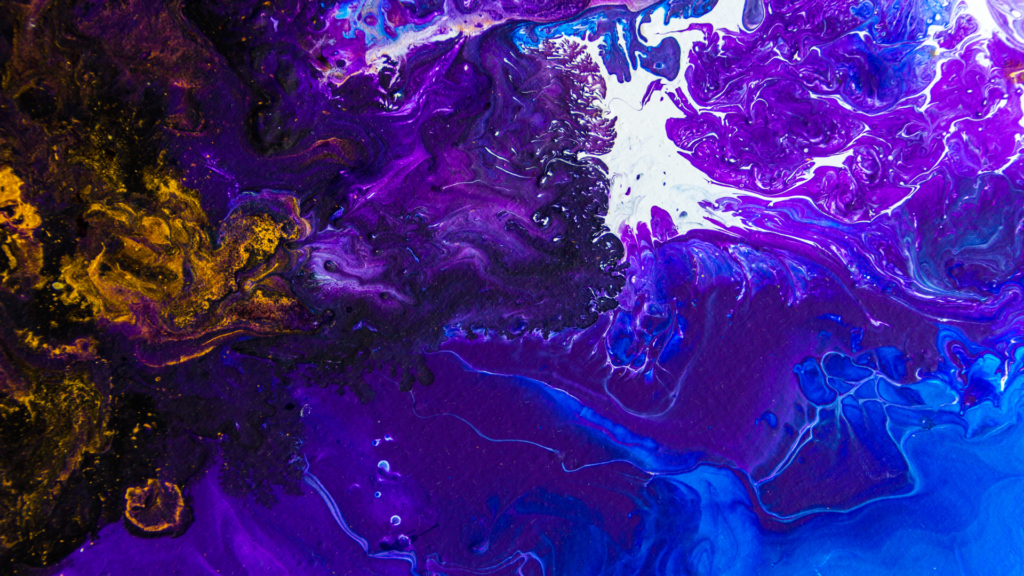Are you an aspiring artist looking to take your skills to the next level? Or perhaps you’re a seasoned pro seeking new inspiration and techniques. One of the most fundamental aspects of creating captivating art lies in understanding and applying the elements of art.
From line, shape, colour, and texture to value, form, space, and composition, these building blocks are essential tools for any artist’s toolbox. In this blog post, we’ll explore how you can put these elements into practice in your works to elevate your artistic expression and captivate your audience. So grab your paintbrushes or pencils because it’s time to unleash your creativity!
What Are the Elements of Art?
Many different elements of art can be used to create a compelling piece. In this article, we will discuss some of the most common elements and how to use them in your artwork.
- Light: When creating images, light is one of the most important elements to consider. Whether it’s illuminating a scene or highlighting specific details, light has a tremendous impact on the overall look and feel of your artwork. To get the most out of light, it’s important to understand how it works and how to apply it creatively.
- Texture: One of the most basic elements of art is texture. It can be used to add interest and dimension to a painting or photograph and help communicate design intent. textures can be created with brushstrokes, Photoshop filters, or collage materials.
- Form: A painting or photograph without form would be very flat and lifeless. To create interesting shapes and patterns, artists often use geometric forms such as circles, rectangles, and squares. The form can also be created through symmetry and balance in an image.
What Is the Difference Between an Element of Art and a Technique?
An Element of Art is an element of a painting, sculpture, or video game that has been created with intention and purpose. An example of an Element of Art would be a landscape in a painting or the character’s face in a video game.
Techniques, on the other hand, are simply tools used to create art. An example of a technique would be using a brush to paint a portrait or recording footage and editing it together to make a video game.
There is no clear difference between Elements of Art and Technique, but there are some key differences worth noting. Firstly, Elements of Art are often more intentional and purposeful than Techniques.
For instance, landscape paintings typically include elements like trees and mountains that were intentionally chosen for their aesthetic value rather than for their practical use (like providing shade). Consequently, these Elements of Art can take more time and effort to create than Techniques.
Secondly, Elements of Art often have greater artistic significance than Techniques. For example, pencil sketches are often considered Elements of Art because they are simple representations of people or objects that convey emotions and ideas without relying on visuals from movies or photos.
By contrast, techniques like Adobe Photoshop can be very useful for creating realistic images that may have a different artistic value than a pencil sketch.
Ultimately, the distinction between Elements of Art and Technique is subjective; what one person considers an essential element of art might not be seen as such by another person. However, understanding the differences
How Do You Find Elements of Art in Objects You Find Every Day?
There is no definitive way to find elements of art in everyday objects, but there are some general tips that can help. First, look for patterns or shapes that are unusual or unique. Second, try to find pieces of art that have been hidden in plain sight. Last, be creative and seek inspiration from various sources- paintings, sculptures, photographs, etc.
How Can Elements of Art Be Used in Your Works?
Elements of Art can be used in a variety of ways in your works, depending on the type of art you are creating. Here are some ideas to get you started:
Landscapes
Elements of the landscape can include mountains, lakes, forests, and other natural features. Use these elements to create a sense of depth and scale in your work.
Portraits
Elements of portraits can include faces, hair, arms, and clothing. Use these elements to add character and emotion to your work.
Still life
Elements of still life can include objects such as flowers, fruits, and vegetables. Use these elements to create beautiful compositions that capture the essence of the subject matter.
Arts and Crafts
Elements of Arts and Crafts can include textures, patterns, and colours. Use these elements to create beautiful works of art that are unique and special.
In this article, we have looked at the different elements of art and how to use them in your works. We have explored the basics of color theory, composition, and perspective, which will all be essential when creating artwork. Hopefully, this has given you a good starting point from which to explore more on your own and start developing your own artistic style.



